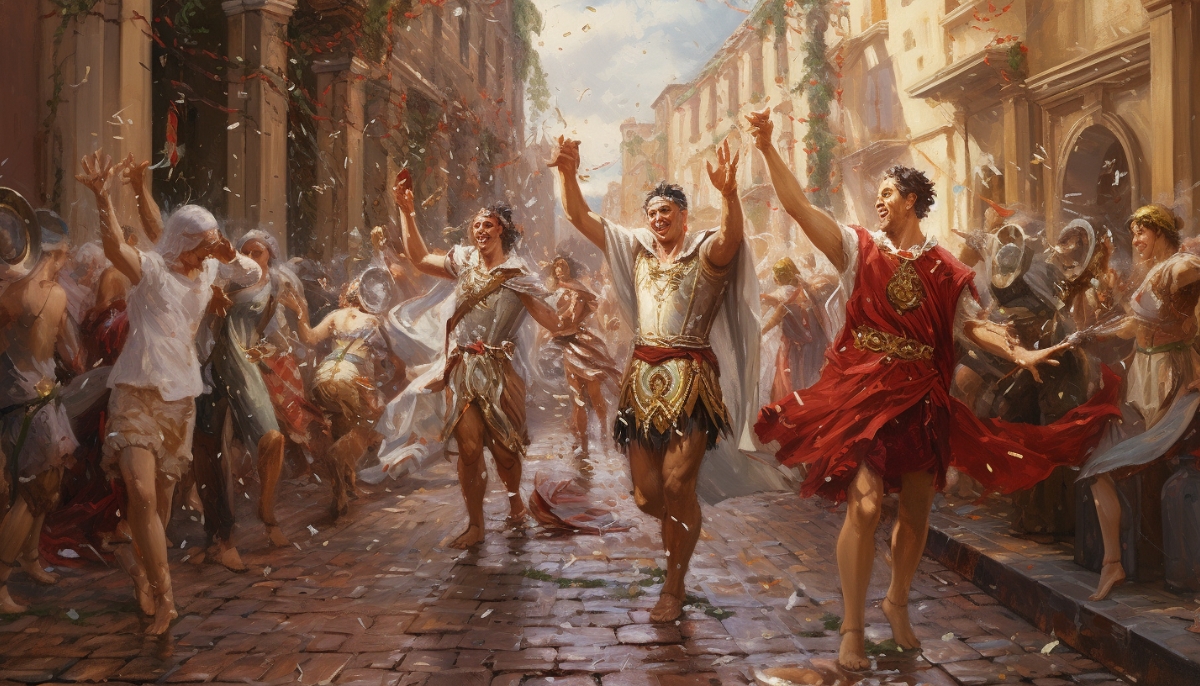From the rise of Augustus to the fall of Augustulus, the Roman Empire witnessed the reign of approximately 70 Emperors, each with a unique legacy.
However, when it comes to the greatest Roman Emperors, who truly deserves to be at the top of the list? What qualities and achievements distinguish them from the rest?
We have compiled a comprehensive list of the five most exceptional leaders who left an indelible mark on Rome’s history.
Despite their varying reign lengths and objectives, they all shared one commonality – their names are still revered centuries later.
- Thanks to the Roman Senate, Julius Caesar could not make this list – if you want to know what could have been, click here.
5. Trajan
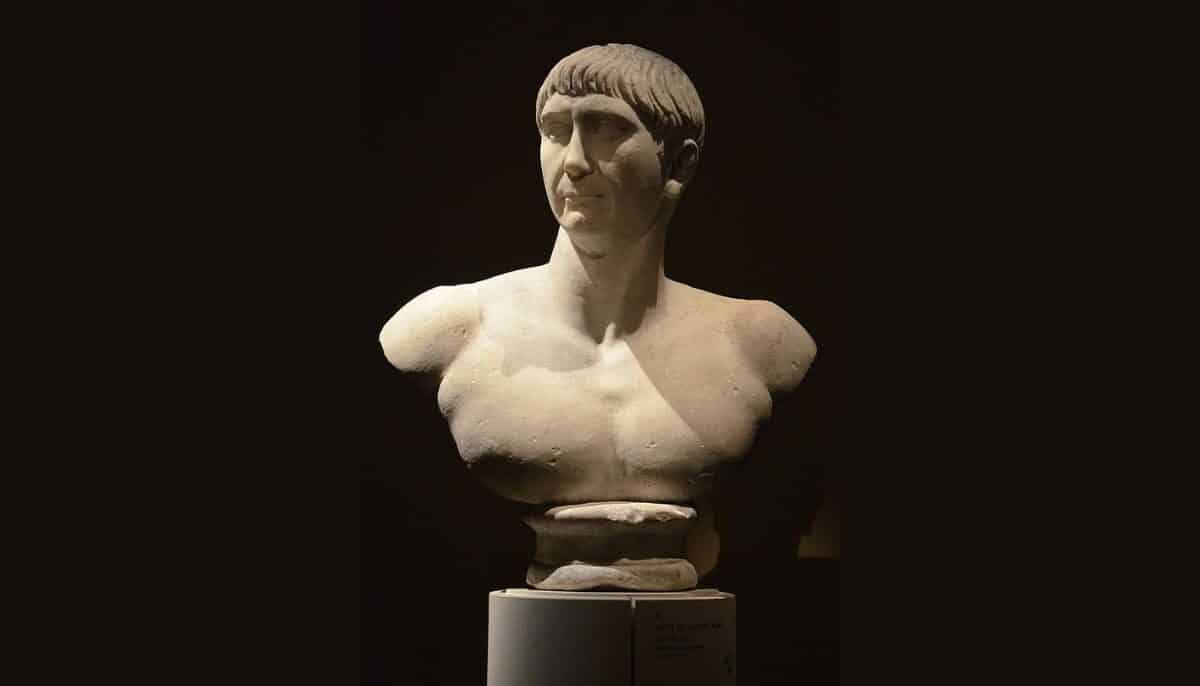
- Born 18 September 53 AD
- Ruled 98-117 AD
- One of the five good Emperors
- Died 9 August 117 AD, illness
Trajan is regarded as one of the most extraordinary emperors of ancient Rome and is prominent in Roman history. He is widely recognized for his military conquests, administrative reforms, and public works programs.
Trajan’s rule was characterized by stability, prosperity, and expansion of the Roman Empire, earning him a spot at number 5 on our list of the most significant Roman emperors.
Trajan’s conquest of Dacia
Trajan’s most significant achievement was the conquest of Dacia, a primarily mountainous region that had long been a thorn in Rome’s side. In 101,
Trajan launched his invasion against a confederation of Thracian tribes and, within a year, won and reduced Dacia to a vassal state.
In 105, he had to return to the province after a Thracian uprising, and the following campaign was bloody, but ultimately the Romans were victorious.
They captured the Dacian capital, Sarmizegethusa, in 106, and Delcalbus, the Thracian king, committed suicide instead of facing capture.
Romanization of Dacia
Trajan began the Romanization process in the province, moving large populations across the Empire into Dacia. The region was rich in gold mines and would remain in the Empire for 150 years.
Trajan was not content with the conquest of Dacia and wanted to expand the Empire further east.
Trajan’s invasion of Parthia
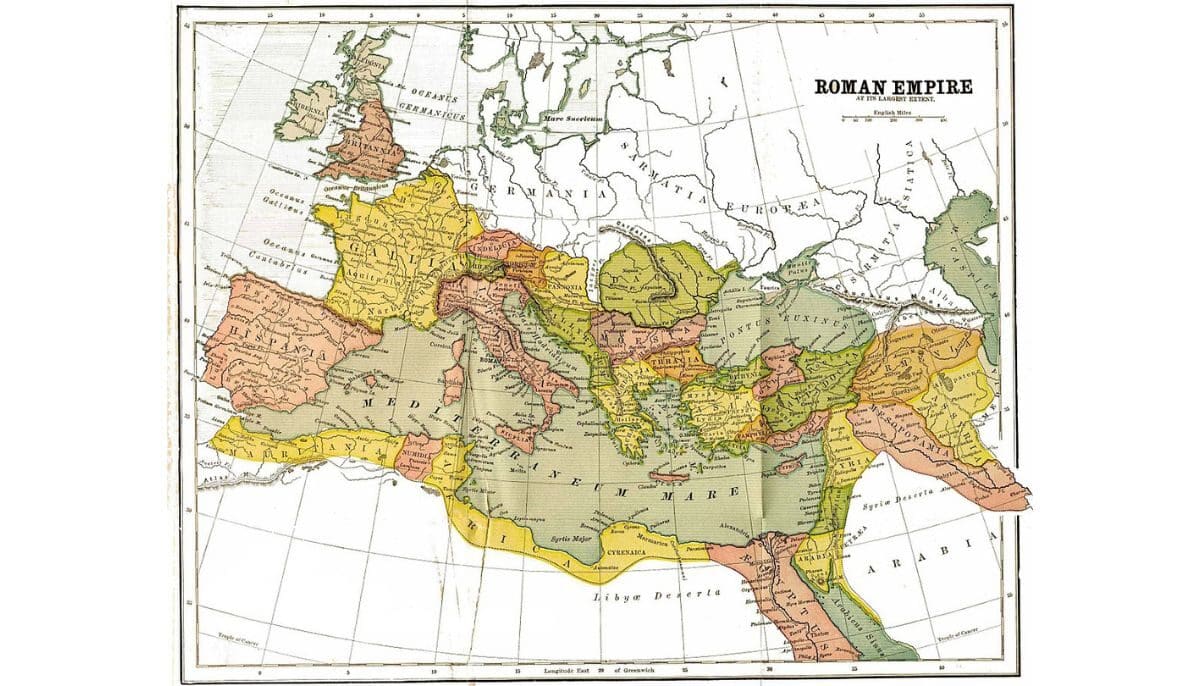
He launched a campaign against the Parthian Empire, which had long bordered Rome but had never been seriously challenged.
Trajan captured the historic city of Petra and campaigned down the Tigris River, capturing the Parthian capital, Ctesiphon.
He had annexed the whole of Iraq into the Roman Empire.
Trajans domestic legacy
Trajan is also remembered for his domestic legacy, which reversed the decline of Rome’s infrastructure during this period.
He used the revenue from his conquests to build new roads, bridges, and monuments.
Trajans Building projects
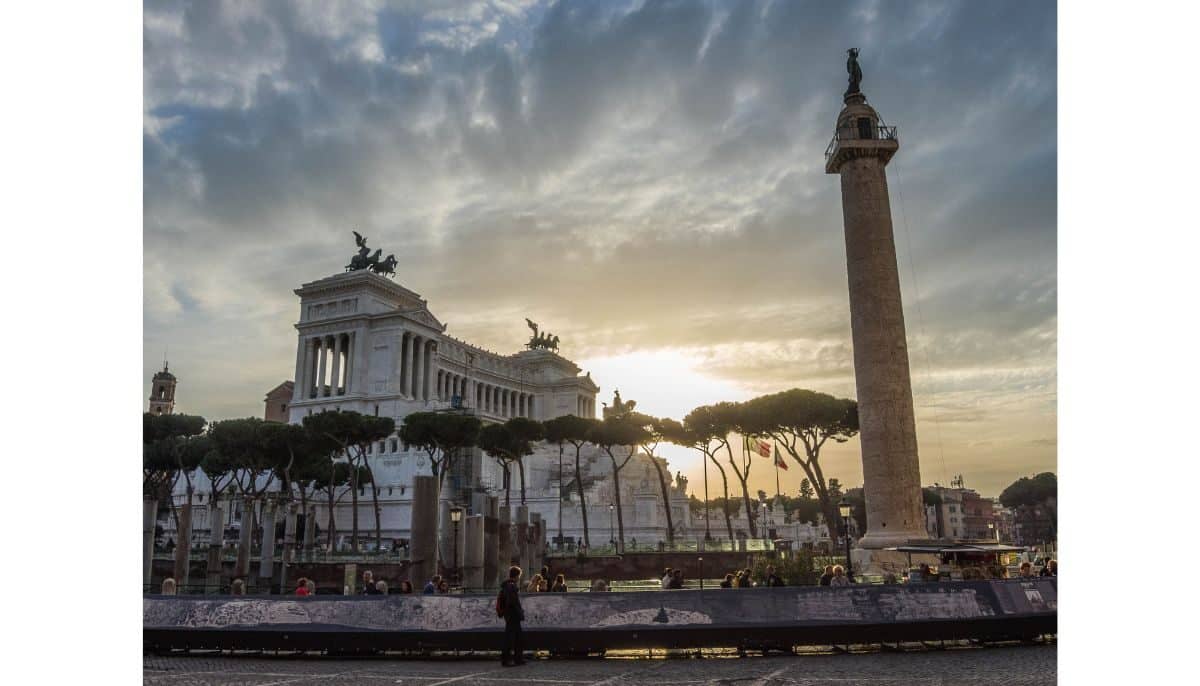
The Via Appia was extended to Brundisium, and Trajan’s bridge over the Danube River was used for 165 years, standing as the longest arched bridge constructed for 1000 years. /
The Forum Traiani, completed in 112, is still standing today, with its centerpiece being the 125ft tall Trajan’s column.
Criticisms of Trajan
Trajan’s military ambitions were criticized for being driven by his ego rather than an attempt to strengthen the Empire. He modeled himself on Alexander the Great, which led him further east than any previous Emperor.
Some of his eastern territorial gains remained in the Empire past his reign, but many did not. Mesopotamia was never Romanized, and the increased eastern territory strained the Legions.
A Jewish revolt followed shortly after Trajan’s reign, likely spurred by the decreased Roman presence in the area, and Hadrian, Trajan’s successor, had to re-pacify the province.
What makes Trajan great
Despite his criticisms, Trajan is regarded as one of Rome’s greatest Emperors. Under his leadership, the Empire reached its largest size, and the province of Dacia proved highly lucrative for the Romans.
The conquests in the East were also positive, even if the territory was never Romanized. A passive Armenia and a vastly humbled Parthia led to stability on the eastern border.
Trajan’s choice of successor, Hadrian, was his final great act as Emperor. He adopted and elevated Hadrian, who would also be remembered as one of Rome’s greatest Emperors.
4. Vespasian
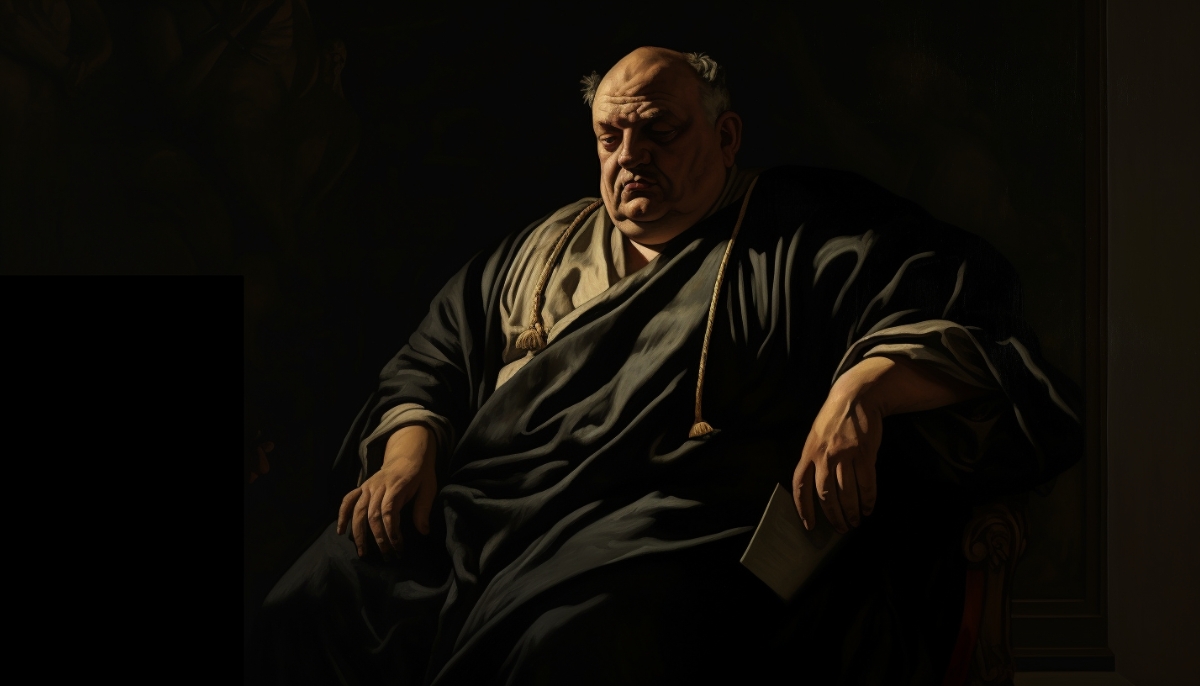
- Born 17 November 9 AD
- Ruled 69-79 AD
- Flavian dynasty
- Died 29 June 79 AD, illness
Vespasian, ranked number 4 on our list of the greatest Roman Emperors, ruled from 69 to 79 AD and is widely regarded as one of the most influential rulers in Roman history.
He restored stability to the Empire after the chaotic reign of Nero and the Year of the Four Emperors, implementing crucial financial and military reforms.
Despite the controversy surrounding his role in the First Jewish-Roman War, Vespasian’s reign allowed the Empire to prosper and thrive, securing his place in history as a critical figure in the Roman Empire.
Vespasian restored stability after Nero.
After the suicide of Emperor Nero, the Roman Empire descended into civil war. Over the following year, four men would rise to become Emperor. Rome needed peace and stability.
Vespasian came to power after a particularly tumultuous period known as the Year of the Four Emperors in Roman history. During this time, Rome had seen four different emperors in quick succession, and the country was on the brink of collapse.
Vespasian brought much-needed stability to the Empire by establishing his legitimacy and ensuring that the German legions, a potential source of instability, were loyal to him.
Financial Reforms of Vespasian
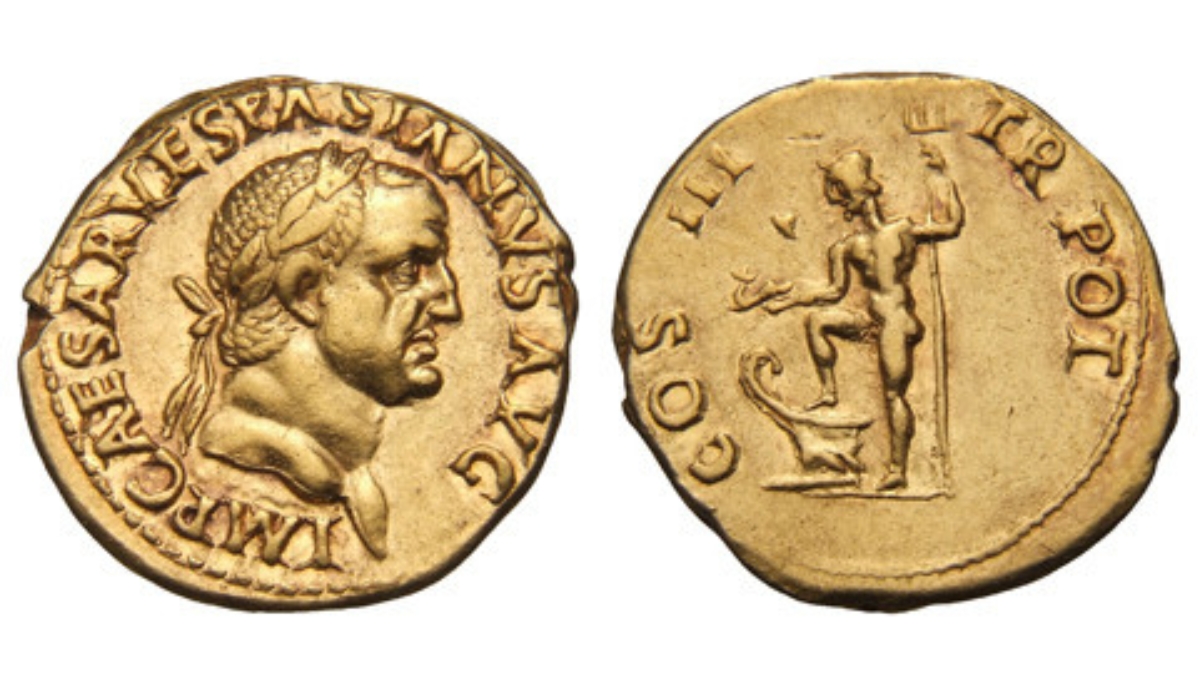
One of Vespasian’s most significant achievements was his economic reforms. When he became emperor, the Roman Empire faced a significant financial crisis.
Previous emperors, such as Nero, had been notoriously extravagant, spending vast amounts on building projects and lavish lifestyles. The civil wars that followed Nero’s reign also affected the Empire’s finances.
“Money does not stink,” Vespasian commenting on his urine tax
Vespasian understood that the Empire needed to get its finances to survive. He introduced a series of new taxes, including a tax on public urinals, which became known as the “urine tax.” Vespasian also increased some of the existing taxes paid by the provinces.
Thanks to these reforms, Vespasian was able to turn the Empire’s finances around. He left a significant surplus for his successors, which helped to fund future building projects such as the Colosseum. His son Titus oversaw the opening of the Colosseum with a massive series of gladiatorial games. The highlight was a famous fight between Priscus and Versus that ended in a draw.
Military Reforms
Another significant achievement of Vespasian’s reign was his military reforms. He reorganized the legions stationed in the provinces to prevent future rebellions and increased troop numbers in the East.
This region was vital, as it had been the source of several recent rebellions.
Criticisms of Vespasian
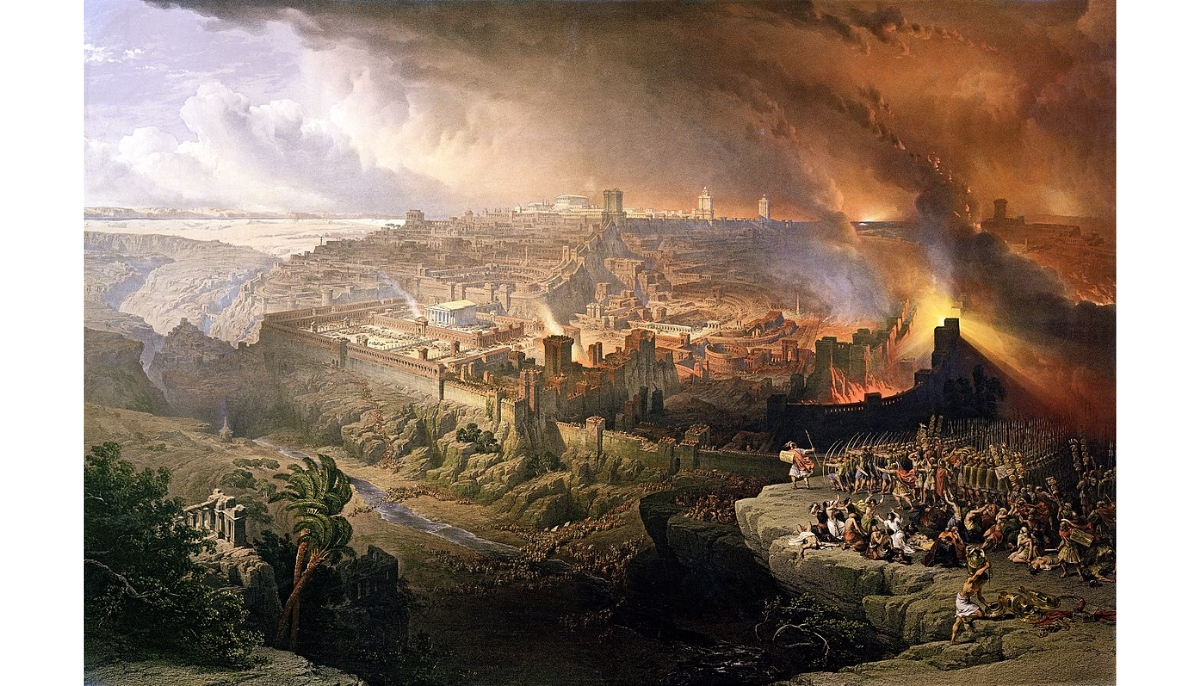
The First Jewish-Roman War was a major conflict that brought criticism to Vespasian and his reign.
Religious tensions and taxation sparked the war, and Emperor Nero tasked Vespasian to crush the rebellion in Judea.
Vespasian quickly pacified the territory except for Jerusalem, which was in turmoil.
The Siege of Jerusalem
After becoming Emperor himself, Vespasian handed over military control to his son Titus, who oversaw the brutal seven-month siege of Jerusalem. The Romans eventually captured the city in 71, but the war had already taken a heavy toll on both sides.
The war is considered a black mark on Vespasian’s reign because of the high death toll and destruction of crucial Jewish sites, including the sacred Temple.
Historian Josephus claimed that over a million Jews died and a hundred thousand were sold into slavery during the conflict.
The loot the Romans took from Jerusalem likely played a significant role in Vespasian’s building projects, including the construction of the Colosseum. The war also created long-lasting resentment among the Jewish population toward the Roman Empire, which would continue to simmer for centuries.
The Roman Empire was known for its harsh treatment of conquered peoples, and religious tensions and rebellions were not uncommon. While the First Jewish-Roman War was a tragedy, it was not an outlier in the history of the Roman Empire.
Why Is Vespasian One Of The Greatest Roman Emperors?
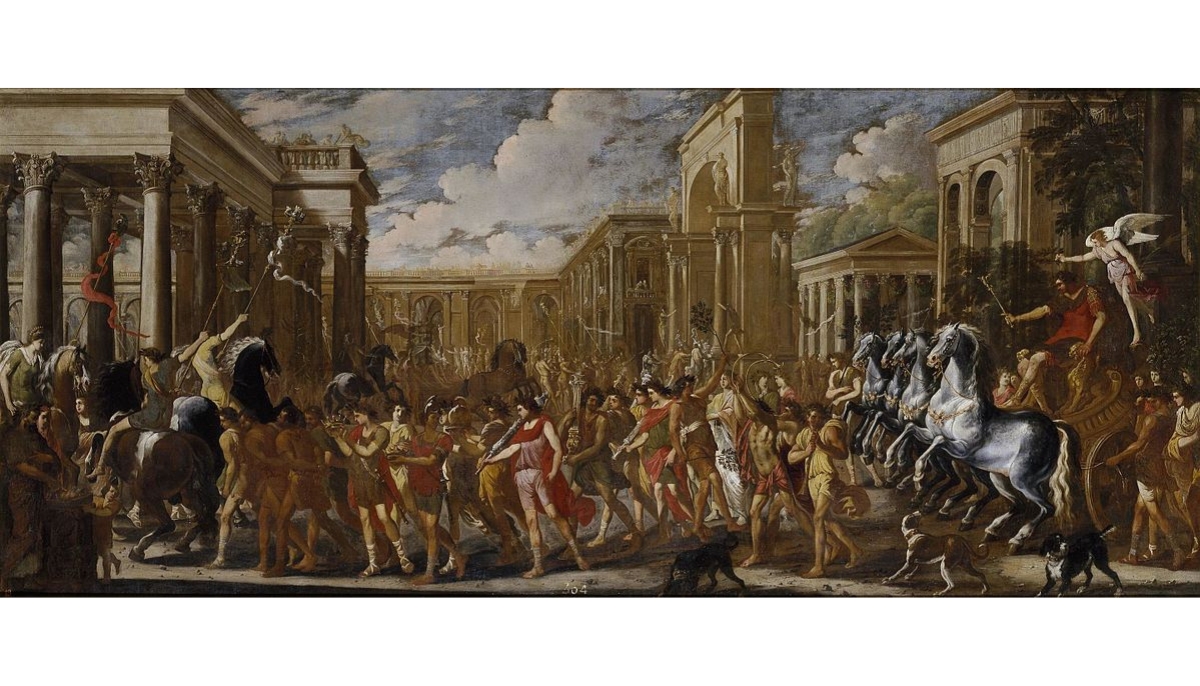
Despite not conquering vast territories or winning famous battles like some of his predecessors, Vespasian is still considered one of the greatest Roman emperors.
His achievements may have been less glamorous, but they were essential for ensuring the survival and stability of the Roman Empire.
He restored order after a period of chaos and set the Empire toward continued prosperity. His financial and military reforms were not revolutionary but evolutionary, precisely what Rome needed at the time.
3. Aurelian
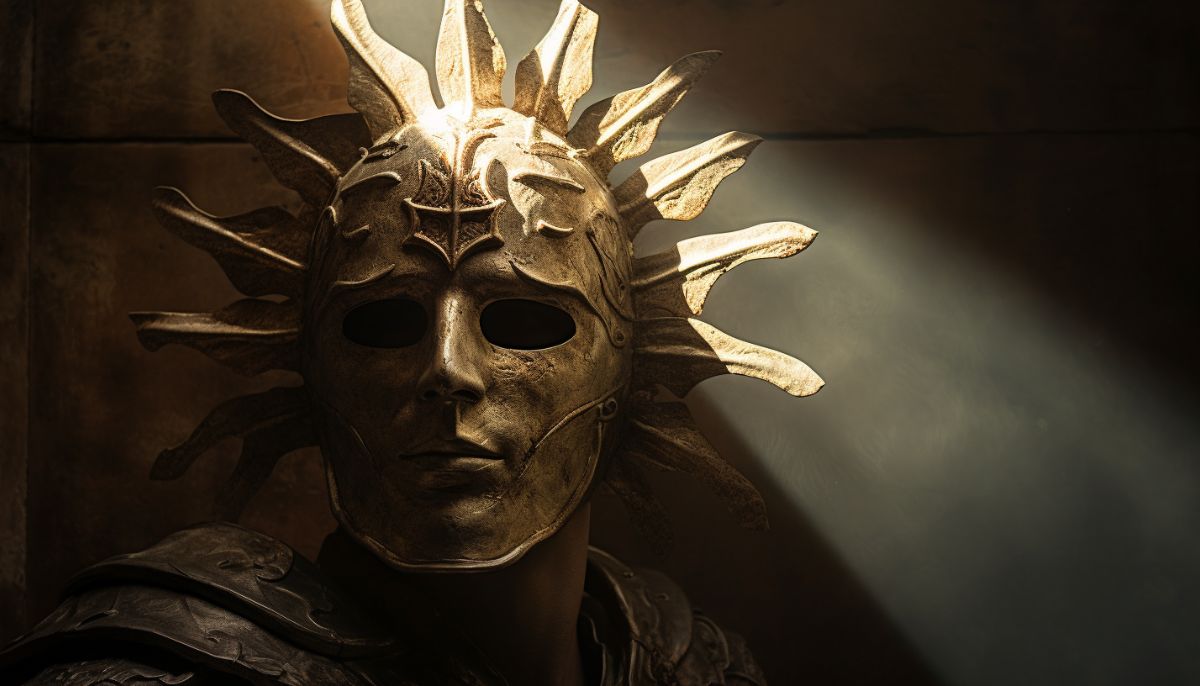
- Born 9 September 214 AD
- Ruled 270-275 AD
- Led during the crisis of the third century
- Died September 275 AD, assassination
Aurelian, who ruled from 270 to 275 AD, is regarded as one of the most successful Roman Emperors. He restored stability to the Empire during a period of crisis and reformed the military to ensure the Empire’s survival.
His accomplishments include reconquering several lost territories, defeating invading barbarian tribes, and building a new defensive wall around Rome.
Aurelian’s reign is seen as a turning point in Roman history, and his contributions to the Empire earned him a place on our list of the greatest Roman Emperors, ranking as number 3.
Aurelian reunified the Roman Empire
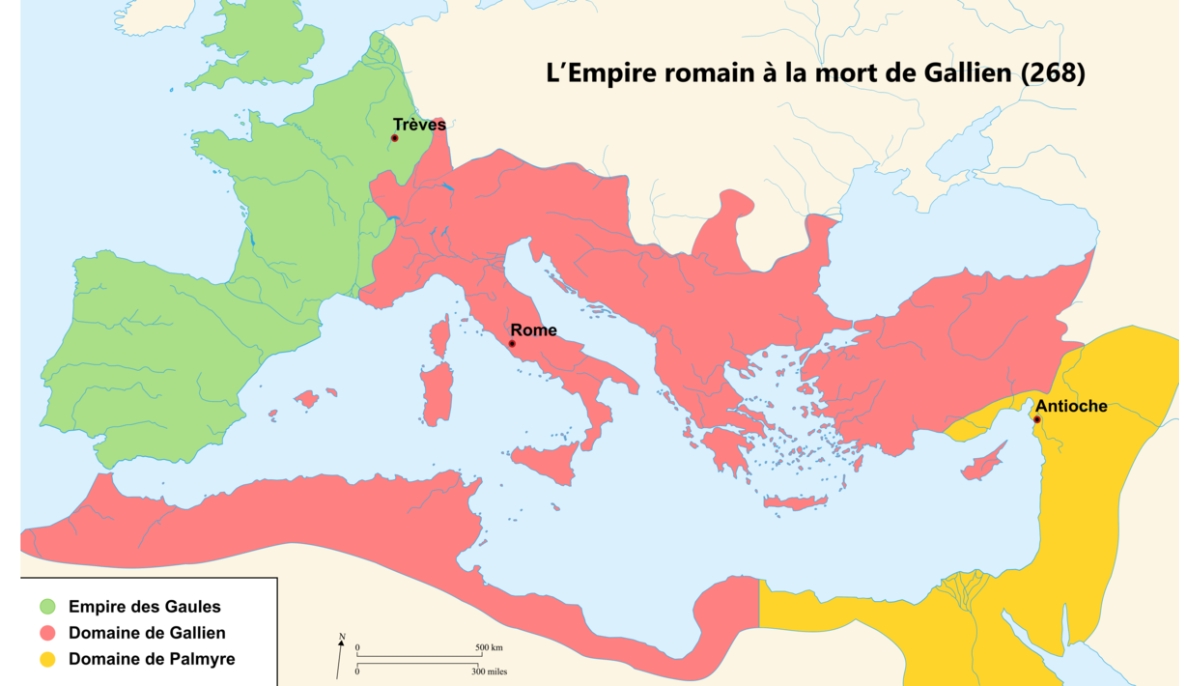
Aurelian’s greatest achievement was his successful reunification of the Roman Empire following the third-century crisis.
The third century was a time of chaos, instability, and almost constant civil war, nearly leading to the Roman Empire’s collapse.
Victories against the Alemanni, Juthungi, and the Vandals
Aurelian came to power and immediately began securing several military victories, including defeating the Alemanni and Juthungi in northern Italy and halting the Vandal’s gains in Pannonia. He also put down an internal revolt.
Reconquest of Palmyra

After stabilizing the West, Aurelian marched East to deal with the Palmyrene Empire, which had thrown off the Roman yoke ten years prior.
Aurelian secured the surrender of the vital city, Palmyra, in 271 but returned to destroy the city in 274 after a further revolt.
Aurelian also planned a campaign against Persia, but he was assassinated before he could launch the campaign.
Withdrawal from Dacia
One of Aurelian’s greatest achievements was his decision to withdraw from Dacia, a province that had changed significantly since Trajan’s conquests in 101.
The gold mines had run dry, and Dacia’s location across the Danube was a security risk. This decision showed Aurelian’s pragmatism and highlighted the precarious nature of the Empire in the third century.
Criticisms of Aurelian
There are no significant criticisms of Aurelian’s reign. However, he is often overlooked as he only ruled for four years, and his achievements were those of restoration, not conquest.
The Restorer of the World
Nevertheless, the Roman Senate hailed him as Restitutor Orbis, the Restorer of the World. During his short reign,
Aurelian curtailed the wild coin debasement and corruption at local mints and extended the grain dole given to the poorest Romans.
Aurelian’s achievements are all the more impressive given the circumstances in which he came to power.
The Roman Empire was on the brink of collapse, yet Aurelian successfully reunited it and brought stability to the realm.
For these reasons, Aurelian is one of the greatest Roman emperors and deserves his place among the top-ranking emperors in Roman history.
2. Hadrian
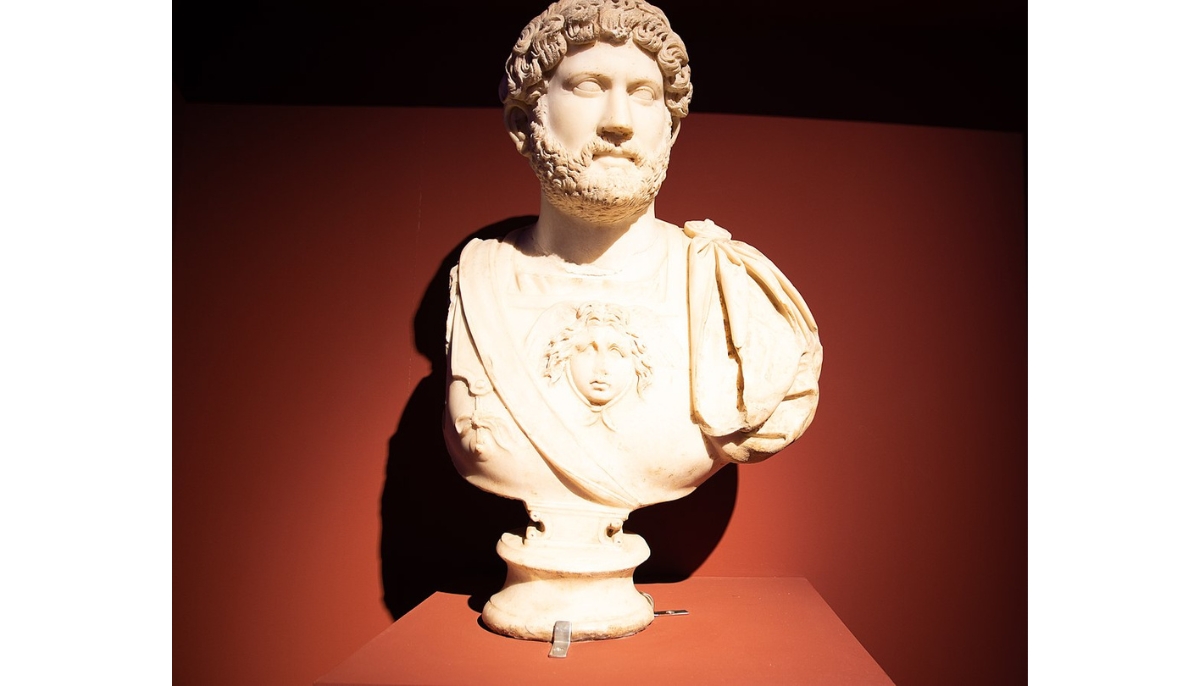
- Born 24 January 76 AD
- Ruled 117-138 AD
- One of the five good Emperors
- Died 138 AD, illness
Hadrian, who ruled the Roman Empire from 117 to 138 AD, is widely regarded as one of the greatest Emperors in Roman history. He is also one of the Gay Roman Emperors that shaped Rome.
A skilled politician, military commander, and architect, he left an enduring legacy through many accomplishments. Under his leadership, the Roman Empire flourished, and his reforms and initiatives continue to influence modern society.
Hadrian withdrew from Mesopotamia and Armenia
One of Hadrian’s greatest achievements was his decision to withdraw from Mesopotamia and Armenia, previously captured by his predecessor Trajan.
Although Trajan’s conquests had shifted the eastern balance of power in Rome’s favor, they were also difficult to defend and Romanize.
Hadrian’s decision to install loyal client kings instead of forcing Roman domination over the territories was an intelligent move that helped stabilize the eastern border and foster peace.
Hadrians Building Projects
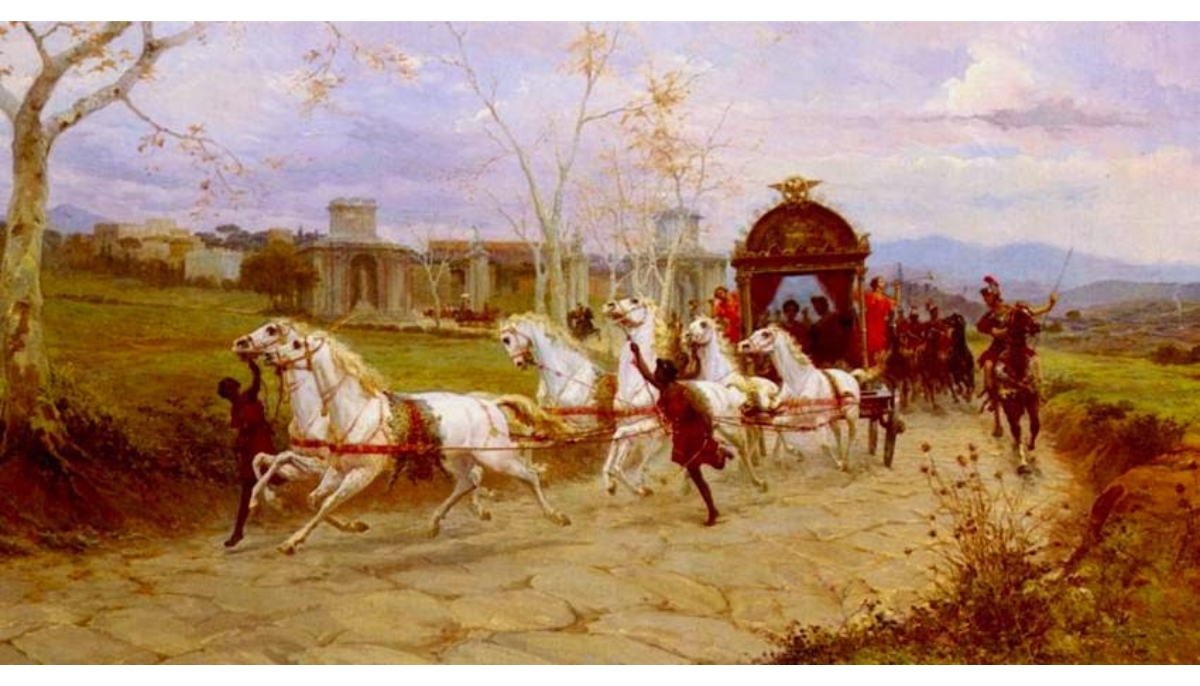
Hadrian was known for his extensive travels throughout the Roman Empire and his passion for building. His architectural contributions helped to evolve Rome from an ancient Greek style to a unique Roman style.
Hadrian commissioned and possibly even designed the Pantheon in Rome and completed the monumental Temple of Zeus in Olympia. He also rebuilt the shrines in Delphi.
Hadrian’s building works were not only monumental but practical as well. In Britain, he built Hadrian’s Wall, which spanned the whole province from East to west and protected Roman Britannica from the tribes to the north.
Hadrian’s Passion for Administration
Hadrian also excelled in the administrative aspect of his reign. He was the first emperor to attempt to codify Roman law, which helped to level the playing field throughout the Empire.
Additionally, he oversaw the professional redrafting of the local laws in Athens, which formed part of a broader reorganization of the province, creating the Panhellenion – a federation of Greek cities.
What Are the Criticisms of Hadrian?
One of the criticisms of Hadrian was his handling of the Bar Kokbah revolt, which started in 132 in Judea. Existing Roman-Jewish tensions in the area sparked the rebellion, and the local legion could not contain the uprising, which led to Hadrian deploying a large six-Legion force.
By 136, the Romans had crushed the revolt and, according to Dio, may have killed over 500,000 Jews in the four-year war.
Hadrian’s attempt to rename the area following the depopulation and erase the memory of Judea has led some to label the war a genocide.
Why Is Hadrian One of the Greatest Roman Emperors?
Hadrian is considered one of the greatest Roman Emperors for several reasons. He was a modern emperor who did not adhere to the historical standards of his predecessors.
He strengthened the borders in Britain by fortification while also retreating from Mesopotamia, which was a wise move in hindsight.
Although imperial mismanagement of the bureaucracy would plague the late Roman Empire, Hadrian’s focus on effective administrative management set an example for future emperors.
1. Augustus
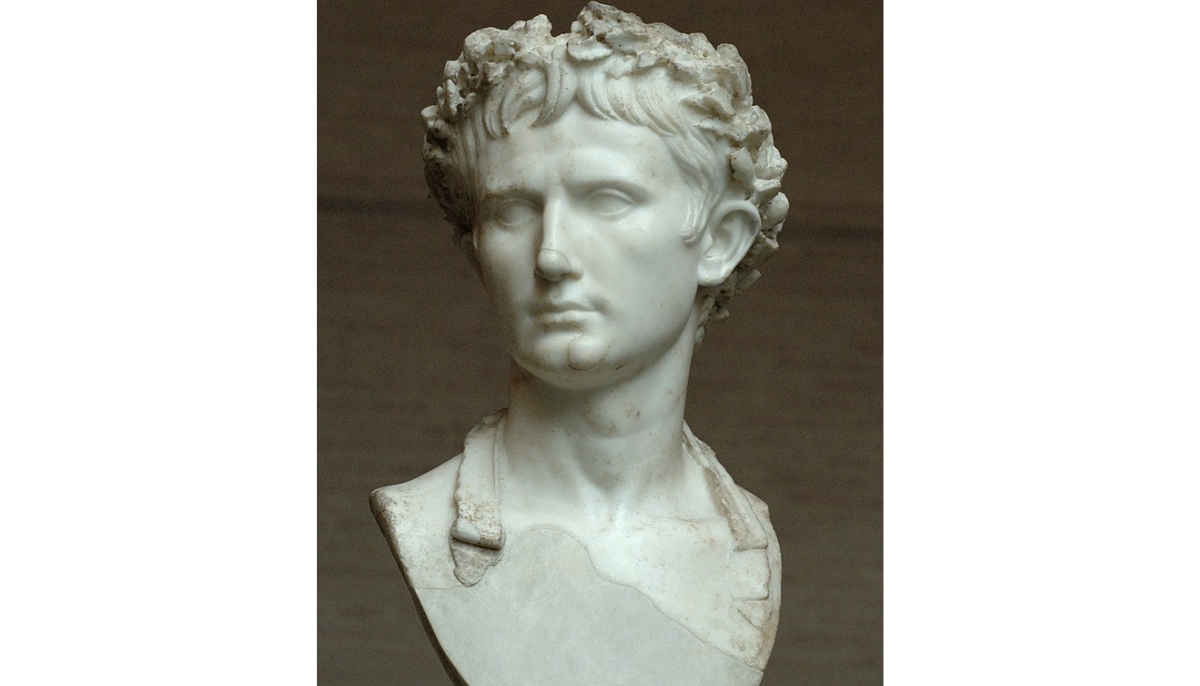
- Born 23 September 63 BC
- Ruled 27 BC – 14 AD
- First Roman Emperor. Julio-Claudian dynasty
- Died 14 AD, illness – possibly assisted suicide
Augustus, the founder and first emperor of the Roman Empire, is considered by many historians to be the greatest Roman emperor of all time, and he holds the number one spot on our list.
His rule marked the Roman Republic’s end and the Roman Empire’s beginning. He was instrumental in shaping Rome’s political, social, and cultural institutions that would endure for centuries.
Augustus left a lasting legacy despite his autocratic tendencies and controversies surrounding his reign.
Augustus United Rome after the Fall of the Republic and Founded the Roman Empire
Augustus restored peace and order to Rome after prolonged political instability and civil wars. He centralized power and established the Roman Empire while maintaining the illusion of a functioning Senate.
His political savvy and strategic reforms established Rome’s long-lasting dominance.
Financial Reforms of Augustus
Augustus implemented significant financial reforms that helped stabilize the economy and improve the lives of Rome’s lower classes.
He abolished the corrupt tax farming system and replaced it with public civil service. Additionally, he standardized tax levels throughout the Empire, bringing much-needed peace and prosperity to previously unstable regions.
The Beginning of the Pax Romana
The 200-year peace and stability that followed Augustus’s ascension to power is a testament to his leadership skills.
Under his rule, the Roman Empire experienced unprecedented growth and prosperity. The Pax Romana was a time of relative calm and progress, which allowed Rome to become the dominant power in the ancient world.
What are the criticisms of Augustus?
Augustus’s decision to centralize power and establish the Roman Empire was criticized by some who saw it as a betrayal of the Republican system.
Many believed Augustus’s actions subverted Rome’s heritage and transformed the city into a slave state.
Why is Augustus the greatest Roman Emperor?
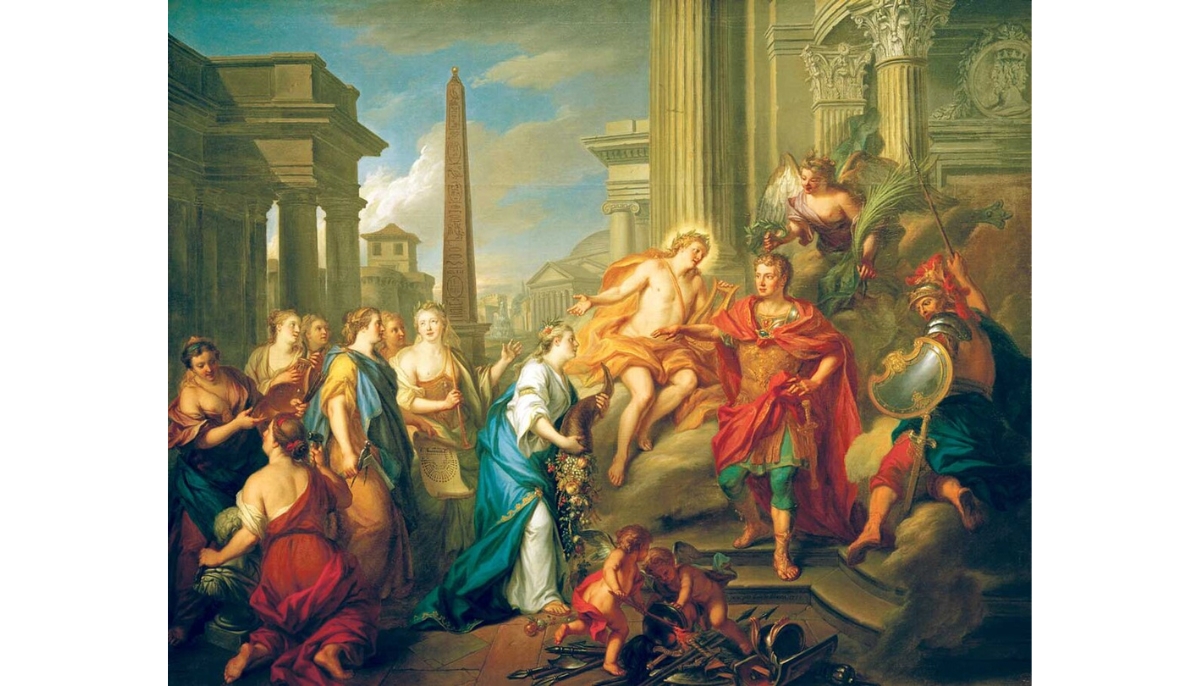
Augustus’s legacy is defined by his ability to unify a fractured state and establish a long-lasting empire. His numerous accomplishments, including creating the Praetorian Guard, the fire brigade, and the police force, laid the groundwork for Rome’s continued dominance.
His financial reforms brought stability and prosperity to the Empire, while his reign marked a period of relative peace and progress. Augustus’s transformative leadership and accomplishments make him a clear choice for the title of the greatest Roman Emperor in history.
Augustus took over a state that had vowed never to be ruled by a single man. When he died, many in the Empire could not remember when a single man did not govern them.
He famously transformed the city, stating, “I found Rome a city of bricks and left it a city of marble.” Caesar Augustus is an easy choice for the greatest Roman Emperor in history.
